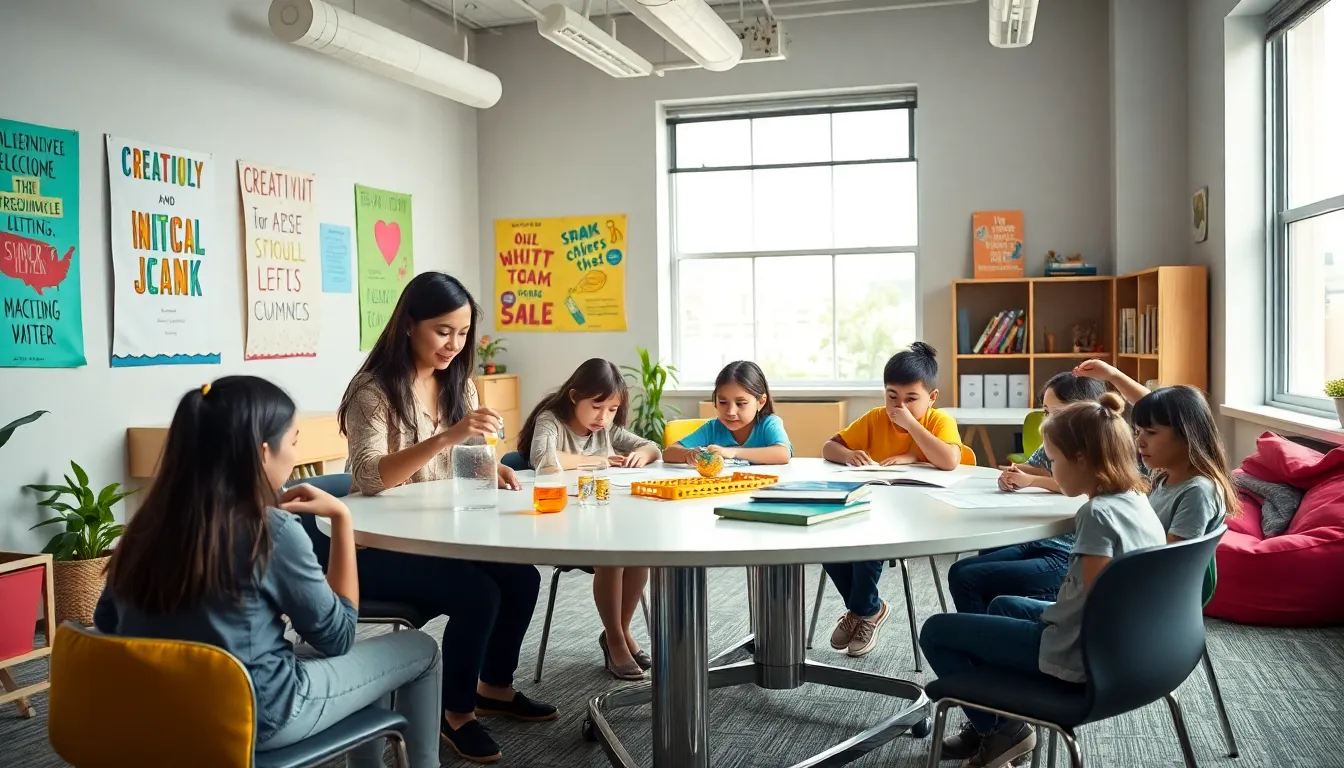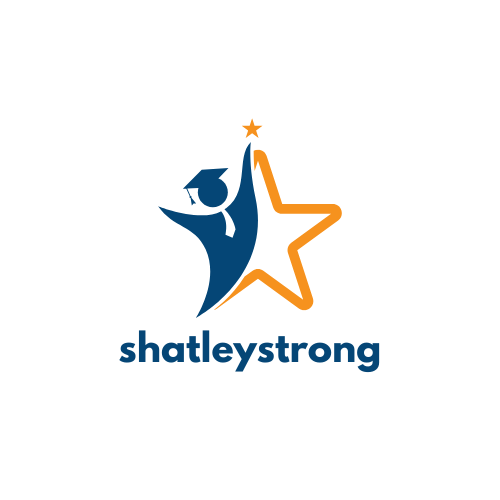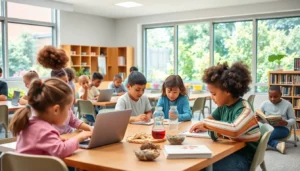Table of Contents
ToggleWhen it comes to education, one size fits all rarely applies, right? Imagine a world where students can ditch the rigid classroom setup and explore learning that truly speaks to them. Alternative education solutions have been gaining traction, offering diverse methods that cater to different learning styles. It’s like gourmet dining for the mind. From Montessori to unschooling, these approaches open doors to creativity and critical thinking. So, how does one navigate this colorful landscape? Buckle up, as we investigate into the alternatives that are reshaping education.
Understanding Alternative Education

Alternative education refers to non-traditional approaches to teaching and learning that diverge from the standard curriculum. These programs prioritize student engagement over rote memorization and often emphasize experiential learning, creativity, and independent thinking. The underlying philosophy hinges on the belief that education should adapt to the unique needs of each student rather than forcing every learner into the same mold. This shift in perspective has led to diverse educational settings that encourage critical thinking and personal growth.
Types of Alternative Education Solutions
Alternative education solutions come in various flavors, each designed to meet distinct learning preferences. Here’s a closer look at some popular types:
Montessori Schools
In Montessori schools, children learn at their own pace through hands-on activities and collaborative play. The focus is on fostering independence and curiosity. Students are often seen exploring topics that interest them deeply, leading to natural engagement and passion for learning.
Waldorf Education
This approach emphasizes the arts and creativity. Waldorf schools integrate academic subjects with music, dance, and arts, nurturing a holistic sense of self in students. It encourages a strong connection with nature and emotional intelligence.
Homeschooling
Homeschooling allows parents to tailor their child’s education based on individual needs and interests. This personalized approach can lead to deeper understanding and mastery of subjects. Many parents choose to blend online resources with traditional curriculum to enhance learning flexibility.
Online Learning Platforms
With technology booming, online learning platforms have surged in popularity. These offer courses ranging from coding to humanities. Students can learn from anywhere, making education more accessible for everyone.
Sudbury Schools
Sudbury schools operate on the principle of absolute freedom. Students decide what, when, and how they want to learn. This model promotes self-directed learning and accountability, often resulting in highly motivated individuals.
Benefits of Alternative Education
The benefits of alternative education solutions are hard to ignore. They offer flexibility and innovation, allowing students to thrive in ways conventional systems often miss. Here are some perks:
- Personalized Learning: Alternative education focuses on individual strengths and weaknesses, fostering a tailored learning experience.
- Enhanced Creativity: Many alternative methods emphasize creative thinking, giving students the chance to express themselves and explore their imaginations.
- Real-World Skills: Practical projects, community involvement, and experience-based learning equip students with skills applicable in everyday life.
- Emotional Development: These programs often include social-emotional learning, helping students cultivate empathy, resilience, and self-awareness.
Challenges and Considerations
Even though their many advantages, alternative education solutions come with their own set of challenges. Some issues to consider include:
- Regulatory Hurdles: In many areas, alternative education programs face strict guidelines, which can make implementation tricky.
- Lack of Resources: Not all alternative schools are equipped with the necessary resources, making it harder for students to thrive.
- Public Perception: Alternative education sometimes carries a stigma, leading to skepticism from parents and potential students.
- Limited College Acceptance: While many universities are becoming more open-minded, some still have reservations about non-traditional educational paths.
As parents or educators weigh these challenges, being informed can lead to better decision-making.
How to Choose the Right Alternative Education Path
Making the right choice in alternative education can be daunting. Here are a few tips to simplify the searching process:
- Identify Learning Preferences: Understand whether your child thrives in structured environments or prefers a more relaxed setting.
- Research Options: Explore various alternatives, weigh their pros and cons, and see which align best with your values and goals.
- Visit Schools: If possible, tour different institutions. Seeing the environment and speaking with instructors can provide valuable insight.
- Community Feedback: Engage with other parents or students to glean their experiences. Personal stories can guide decisions and offers peace of mind.
- Trial & Flexibility: Allow for adjustments in the chosen path. Switching methods isn’t a failure: it’s part of finding the right fit.
Future Trends in Alternative Education
The landscape of alternative education is rapidly evolving, consistently shaped by technological advances and societal needs. Key trends include:
- Increased Technology Integration: Expect more virtual classrooms and learning apps designed to cater to individual learning styles.
- Focus on Lifelong Learning: Adults are recognizing the importance of continued education, leading to a surge in alternative learning opportunities for all ages.
- Empowered Learners: With more emphasis on self-directed learning, students will increasingly take charge of their education, selecting what and how they learn.




